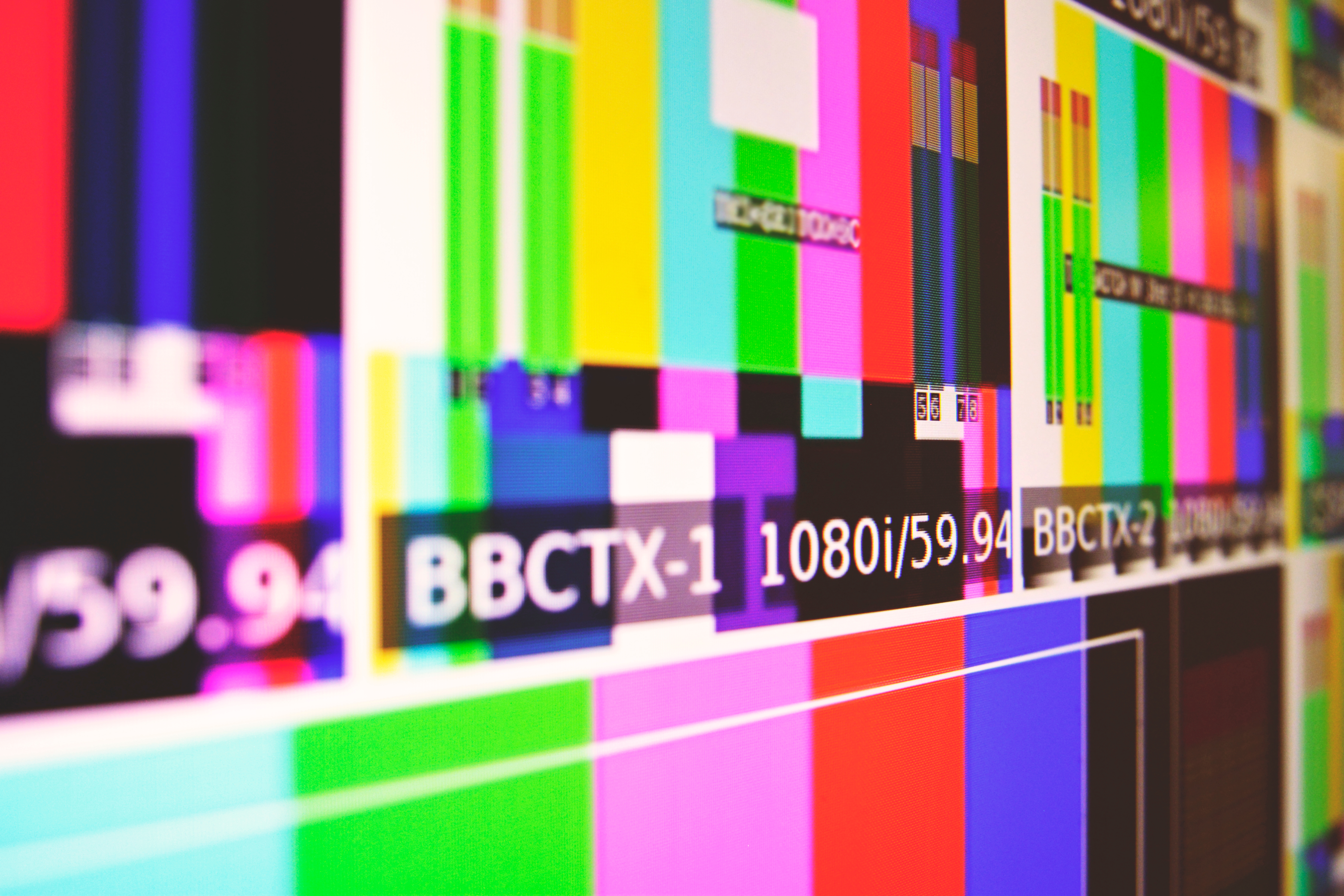The second Democratic presidential primary debate in Detroit next week will mirror the first…
What to Watch For: The First Democratic Primary Debate

The first Democratic presidential primary debate features the most diverse slate of candidates in recent memory, including a record number of women. Each night, three women will be on the debate stage, with a total of six women addressing the nation as presidential candidates. Simply by being on the stage, Congresswoman Tulsi Gabbard, Senator Kirsten Gillibrand, Senator Kamala Harris, Senator Amy Klobuchar, Senator Elizabeth Warren, and Marianne Williamson will make history.
However, history-breaking paths are rarely free of obstacles. At the Barbara Lee Family Foundation, we’ve been studying voter attitudes towards women running for office for the past 20 years, and here are some things we’ll be watching for in the debate.
- Do women candidates go into more detail about their plans and policies on the debate stage then the men do?
Women face heightened barriers to executive leadership. Voters are more comfortable seeing women as a decision maker in a legislative body, but if she is going to be the decision maker—and president is the ultimate decision maker—voters require much more evidence she is prepared to do the job.
- Are voters especially hard on women candidates for less-than-perfect answers?
For a woman, pointing to her resume is not enough – she has to be ready for the tough questions. Voters assume men are qualified, but women have to prove over and over that they’re experienced and able to get results. Being able to answer tough questions is an important part of showcasing qualifications because women pay a much higher price if they are perceived to be “learning on the job.”
- Is the attention paid to the clothing and tone of voice the same for the men and women candidates?
Likeability is still a non-negotiable for women. Voters will support a man they do not like if they believe he is qualified, but will not do the same for a woman they don’t like, even if they believe she is qualified. They place a substantial and multi-faceted emphasis on a woman candidate’s personal style, and are in tune to whether a woman candidate sounds authoritative or bossy, serious or boring, unsure or steady.
- Do women candidates resist comparing themselves to other candidates in favor of focusing on their own policies?
How women distinguish themselves from other candidates matters. Voters put women on an ethical pedestal, which is why women pay a higher price for “going negative” – despite the fact that all candidates must somehow demonstrate how they differ from their opponents.
- Will women candidates talk about their experiences as wives, mothers, and daughters as a way to connect with voters and explains why an issue is important to them?
Women can be 360-degree candidates. Our research shows that women can – and should – use the whole of their experiences to connect with voters. Relatability has evolved, with voters being more willing to take into account less traditional experience in their decision making.
This debate is the first of many, but gives us the opportunity to see what has – and hasn’t – changed for women running for executive office.






